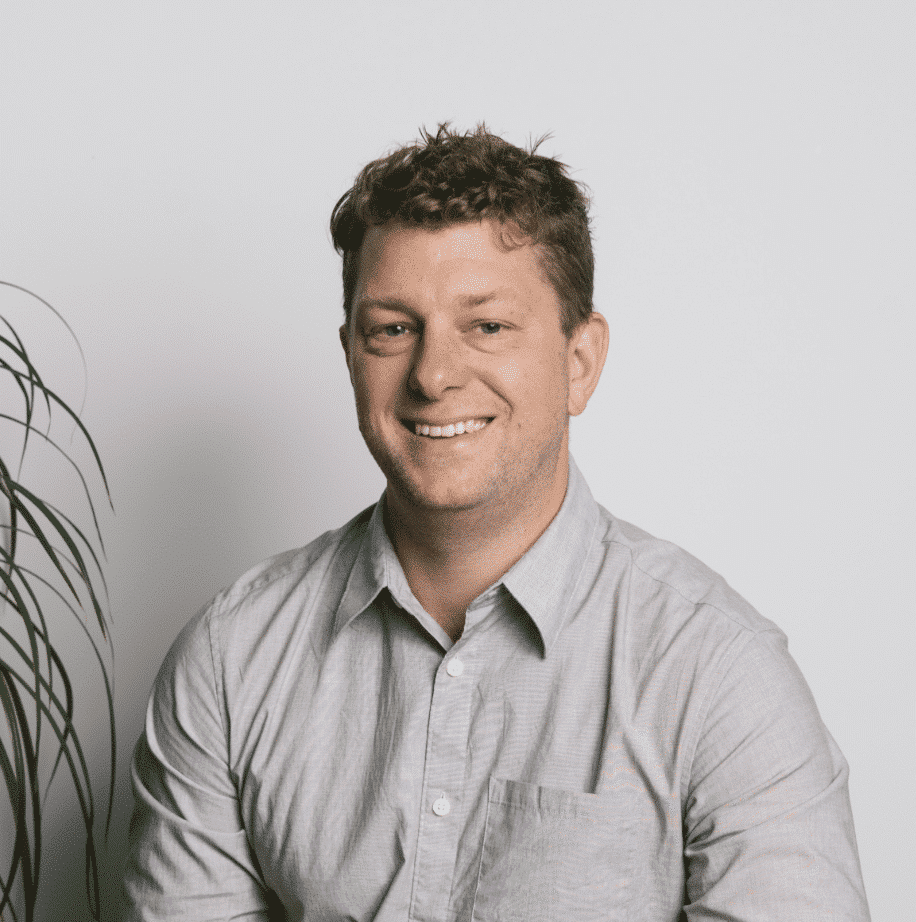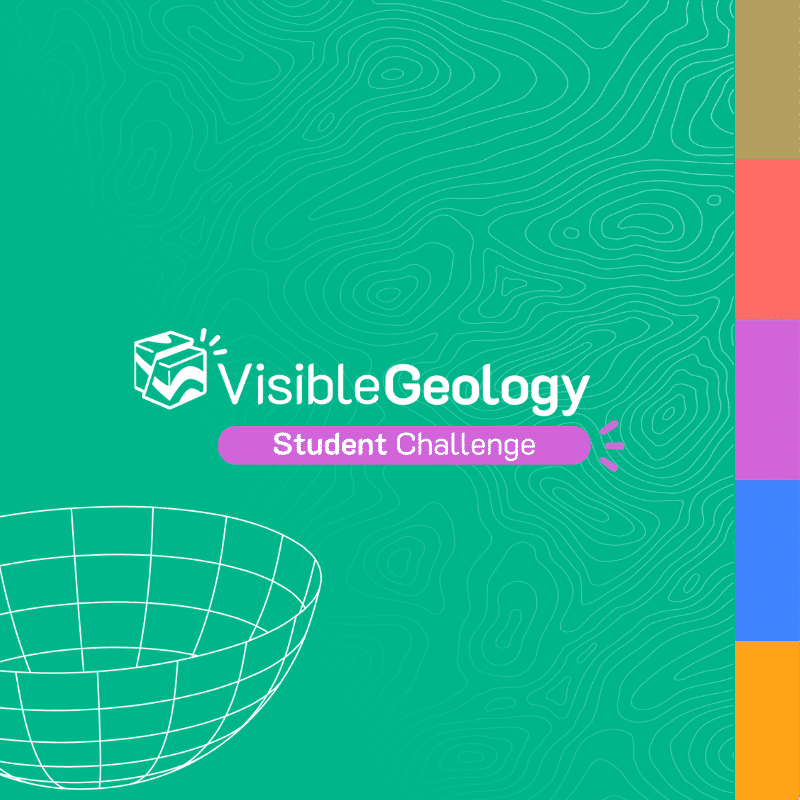North America is home to awe-inspiring geological sites – from the iconic vastness of the Grand Canyon to the formidable peaks of the Rocky Mountains.
The task was to build a conceptual model of any notable geological site in the USA or Canada using Visible Geology. With easy-to-use features to manipulate layers, add faults and folds, and create custom topographies, the ability to create impressive geological models is right at your fingertips!
The winners:
Red Hill Outcrop, Pennsylvania, U.S.
Sophia Seck, Pennsylvania State University
Winner of the ‘Most Creative’ category
“My model interprets the depositional environment based on observations of the sedimentary rocks, such as siltstone and shale, found at the site. It depicts a landscape transitioning from mountain-building activity in the background to a gradually sloping lowland that dips below sea level. This representation aims to illustrate the environmental conditions that might have existed during the time these sediments were deposited.”
Volcanic Arc, Hawaii, U.S.
Built by Isaac Bahler, Dalhousie University
Winner of the ‘Most Complex’ category
“The layers below the red are creatively interpreted as representing crustal or basement material intruded by a pluton that feeds the surface magma chamber. The dykes, depicted prominently, are used to represent recent lava flows. The cross-section provides a clearer visualization of these elements.”
Loder Peak, Alberta, Canada
Built by Sarah Lambros, University of British Columbia
Winner of the ‘Most Accurate’ category
“The topography itself was quite difficult, and the area has many layers and is heavily folded. I attempted to generalize the layers and use what was most obvious on Google Earth. The weathering and vegetation cover also made it difficult to pinpoint it's exact characteristics.”
Runners up:
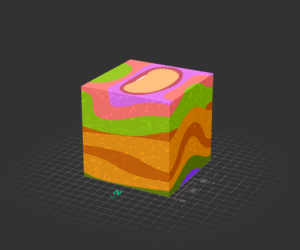
Sudbury Complex. Ontario, Canada
Jospeh Pelren, Colorado School of Mines
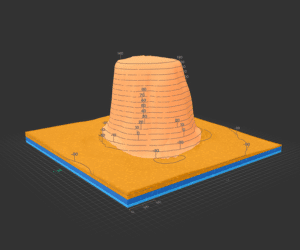
Devil’s Tower, Wyoming, U.S.
Isaac Morris, Indiana University Indianapolis
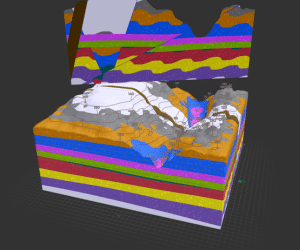
Death Valley, California, U.S.
Maria Petrova, James Madison University
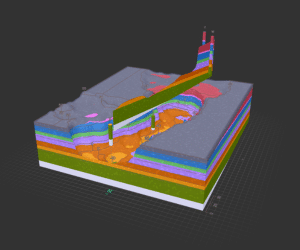
Niagara Falls, Ontario, Canada
Lidbert Alarcón Laime, Université Laval
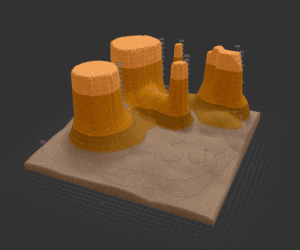
Navajo Nation’s Monument Valley, Arizona, U.S.
Claire Alley, Towson University
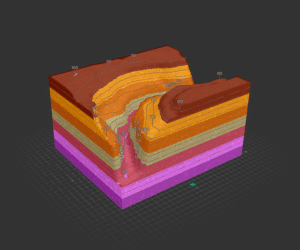
Gooseneck Overlook, Capitol Reef National Park, Utah, U.S.
Meghan Numrich, University of Wisconsin Oshkosh
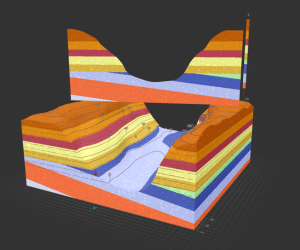
Athabasca River Valley, Alberta, Canada
Gabriel Jorgensen, University of Calgary
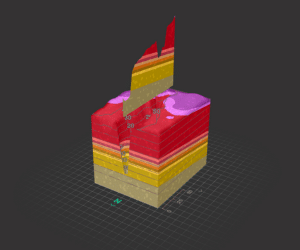
Rochester Gorge, New York State, U.S.
Kaela Brunner, University of Rochester
The prizes:
The winner in each category receives a Brunton 5008 Transit Professional Compass!
And runners up receive a Visible Geology merchandise gift pack.

Meet our judges:
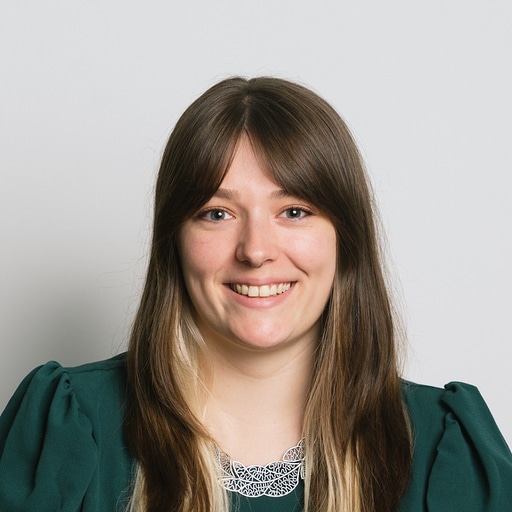
Stephanie Schweighardt

Melissa Pereira
